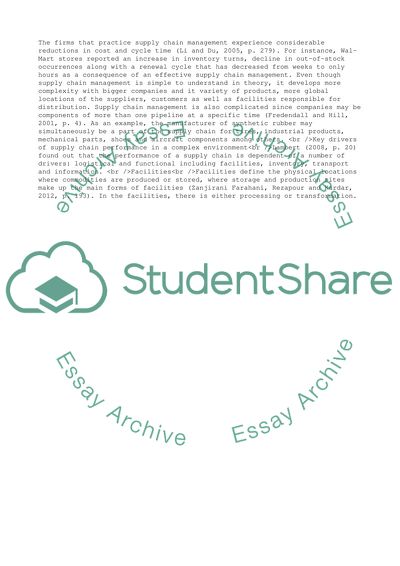Cite this document
(“Global Supply Chain Management Assignment Example | Topics and Well Written Essays - 3250 words”, n.d.)
Retrieved from https://studentshare.org/business/1692971-global-supply-chain-management
Retrieved from https://studentshare.org/business/1692971-global-supply-chain-management
(Global Supply Chain Management Assignment Example | Topics and Well Written Essays - 3250 Words)
https://studentshare.org/business/1692971-global-supply-chain-management.
https://studentshare.org/business/1692971-global-supply-chain-management.
“Global Supply Chain Management Assignment Example | Topics and Well Written Essays - 3250 Words”, n.d. https://studentshare.org/business/1692971-global-supply-chain-management.


